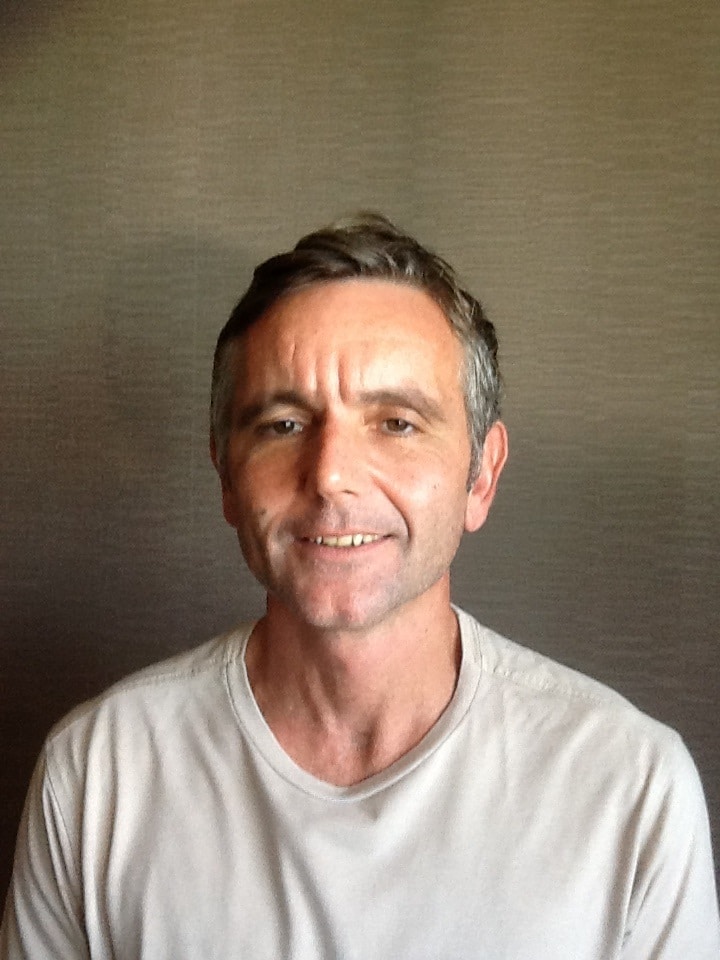Lesson observation: a tool for improvement!
Here I am, in the middle of a semester, catering for lessons, teachers, groups, students and an ICELT programme when a fellow teacher came to me and asked me about lesson observations.
Lessons observations might be feared by some teachers, but they are such a fantastic tool for development, both for the observer and the teacher. As long as the atmosphere is kept concerning a developmental path, there is nothing to be afraid of.
The very nature of a lesson observation is to share best practices. Whenever we teach we are being observed by our students, so the principle should be the same. There is no need to be shy. Under the assumption that before teaching lessons are carefully planned, what would be the problem of having one more set of eyes and ears in class?
Good lesson observations should not carry judgement, in fact, there are procedures to be followed in order to perform it affectively. A group of researchers from the University of Virginia, set up a step-by-step guide:
1. The purpose for the observation must be clear. Is the observation for teacher education? Ongoing professional development, circular resources and or evaluation and feedback? Remember that teachers observe students, directors observe teachers and so on.The relevance stays on the fact that we need to know what is the input impact onto the learners’ output.
The more standardise observation the better results we may find in our teaching on the long-run. Standard brings along a reliable and valid tool and understanding of the outcomes.
2. The tools chosen for observation may also contribute to the success of the programme. One can choose to sit down inside the class and observe the lesson, others film, record or even ask for a written report with all the details. By standardised, I mean, what are you going to observe? Have you got a checklist? But, in order to be assertive in such selection, we need to know what aspect are we focusing on. Classrooms interactions, teacher practice, behaviour, etc. The observation should measure and enhance teacher performance leading to students development. The Virginia researchers pointed out three main stems of the teaching practice: social/emotional support, organization/management support, and instructional support.
So, the classroom environment, teachers’ sensitity, regarding students’ perspective are under the social/emotional domain; Classroom management, productivity and engagement strategies should be under organisation domain; and last, but not least, strategies fostering development, reasoning, content knowledge, procedures and skills leading to quality feedback run through the instructional support.
3. The best practices in conducting observations must cater for being intentional about the choice of the system, you might get some incidental insights, but it’s important that you know what questions you want answered. The protocols must follow either the school procedures, the materials guidance, teacher-students rapport…
4. Whatever data collected must contribute to development and should minimise rater effect. Systematic lesson observation, being it peer, self, or a tutor observation, to mention some, must provide grounds to help teachers and learners improve.
Try it out! No bias, no judgement… See how much you can learn [and help other teachers] by observing lessons!
Reference for some further reading:
https://education.exeter.ac.uk/quality_assurance_in_itt/training/lesson-observation-why-do-it.htm
https://theresearchcentre.co.uk/files/docs/publications/rs3916.pdf






